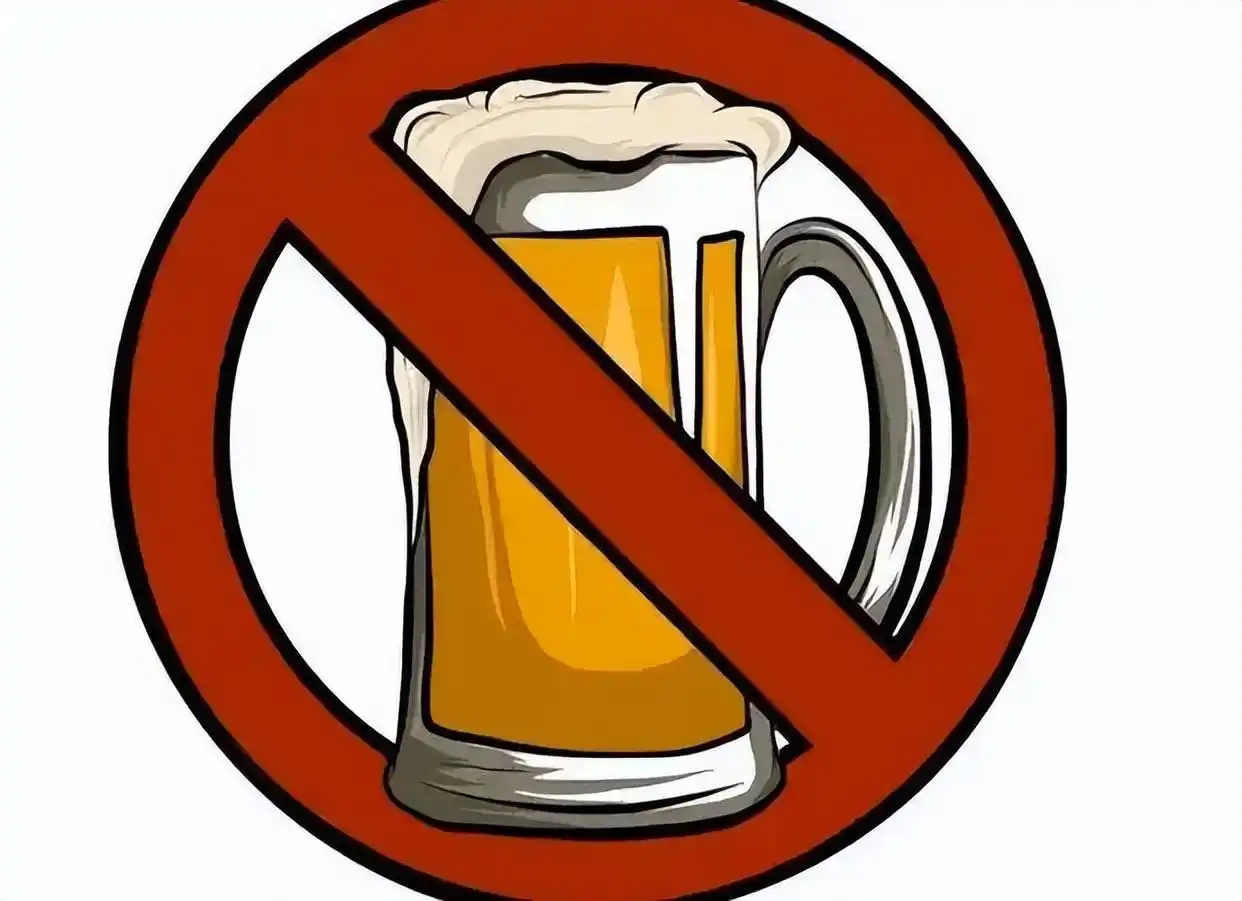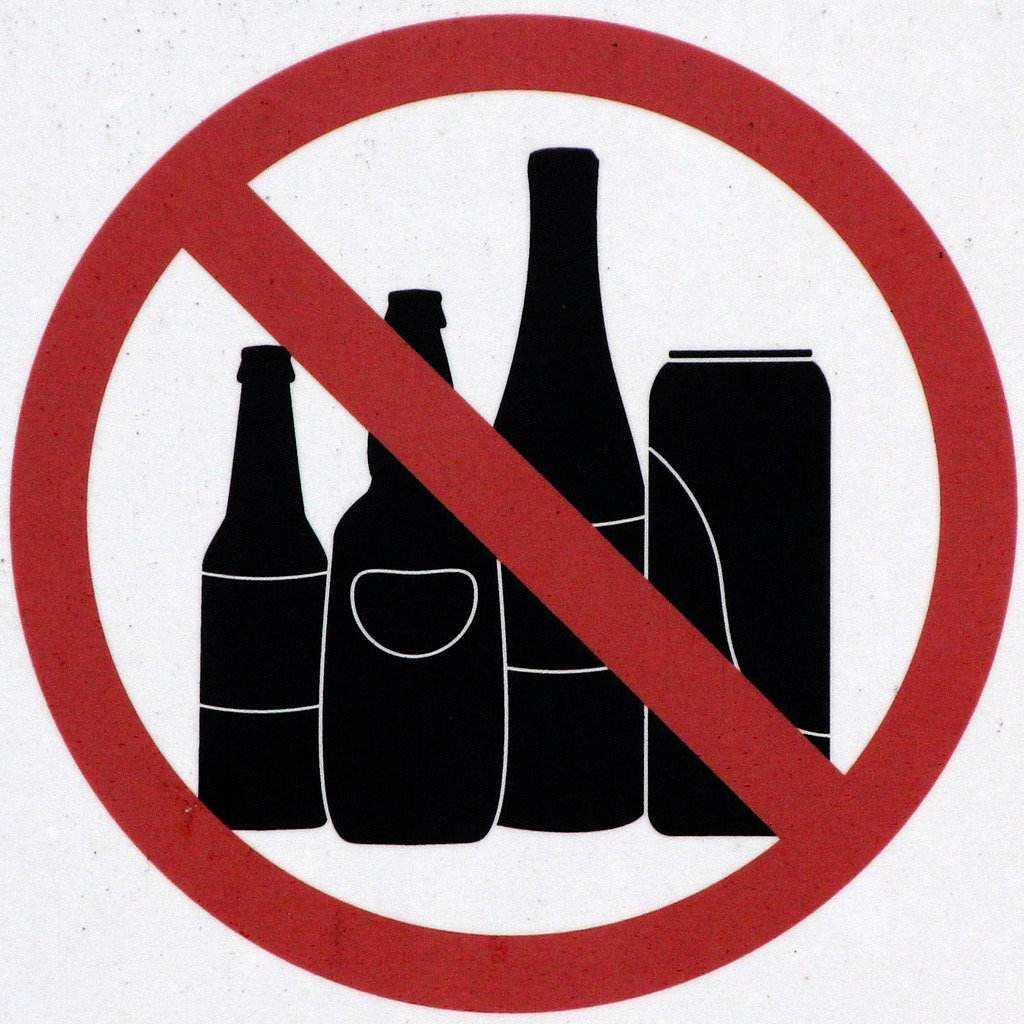The Journey of Sustained Sobriety: A Comprehensive Approach to Long-Term Alcohol Recovery
Alcohol addiction is a complex and pervasive issue that affects millions of individuals worldwide. While short-term recovery programs can provide initial relief and support, achieving lasting sobriety requires a more profound, long-term commitment. A Long-Term Persistence Alcohol Recovery Program is designed not just to help individuals stop drinking but to equip them with the tools, mindset, and support systems necessary to maintain abstinence for life. This article explores the key components of such a program, emphasizing the importance of persistence, personalized care, and holistic well-being.
Understanding the Need for Long-Term Recovery
Alcohol use disorder (AUD) is often characterized by cycles of relapse and recovery. Many individuals undergo detoxification and short-term rehabilitation only to find themselves struggling again months or years later. This is not due to a lack of willpower but rather the chronic nature of addiction. Alcohol alters brain chemistry, impacting reward systems, decision-making, and stress responses. Therefore, recovery must be viewed as a lifelong journey rather than a finite goal.
A Long-Term Persistence Alcohol Recovery Program acknowledges this reality. It moves beyond the traditional 30- or 90-day treatment model, focusing instead on continuous support, skill-building, and adaptation to life’s challenges without relying on alcohol.
Core Components of a Long-Term Recovery Program
1. Personalized Treatment Plans
No two individuals experience addiction in the same way. Factors such as genetics, environment, mental health, and personal history all play a role. A successful long-term program begins with a comprehensive assessment to create a tailored treatment plan. This plan may include:
- Medical Detoxification: Supervised withdrawal to manage physical symptoms safely.
- Therapy and Counseling: Cognitive Behavioral Therapy (CBT), Dialectical Behavior Therapy (DBT), or trauma-informed therapy to address underlying issues.
- Medication-Assisted Treatment (MAT): Use of FDA-approved medications like naltrexone or acamprosate to reduce cravings and support abstinence.
2. Continuous Support Systems
Recovery does not end after initial treatment. Long-term programs emphasize ongoing support through:
- Aftercare Programs: Regular check-ins, alumni groups, and continued counseling.
- Peer Support Groups: Organizations like Alcoholics Anonymous (AA) or SMART Recovery provide a community of individuals who understand the challenges of sobriety.
- Mentorship: Pairing individuals with mentors who have successfully maintained long-term sobriety can offer guidance and inspiration.
3. Skill Development for Coping and Resilience
A critical aspect of persistence in recovery is learning to navigate life without alcohol. This involves developing healthy coping mechanisms for stress, anxiety, and triggers. Key skills include:
- Emotional Regulation: Techniques such as mindfulness, meditation, and journaling to manage emotions without turning to alcohol.
- Problem-Solving Skills: Building confidence in handling life’s challenges, from relationship issues to financial stress.
- Lifestyle Changes: Incorporating regular exercise, balanced nutrition, and hobbies that promote well-being and fulfillment.
4. Addressing Co-occurring Disorders
Many individuals with AUD also struggle with mental health conditions like depression, anxiety, or PTSD. Long-term recovery programs integrate dual diagnosis treatment to address both addiction and mental health simultaneously. Ignoring one can undermine progress in the other.
5. Family and Social Integration
Addiction often strains relationships with family and friends. Long-term programs involve family therapy and education to repair trust, improve communication, and create a supportive home environment. Social integration also includes helping individuals build new, sober social networks to reduce isolation and temptation.
6. Relapse Prevention Planning
Relapse is not a sign of failure but a common part of the recovery process. A long-term program teaches individuals to recognize early warning signs and develop actionable relapse prevention plans. This includes identifying triggers, creating emergency contact lists, and knowing when to seek help.

The Role of Technology in Long-Term Recovery
Modern technology offers innovative tools to support persistence in recovery:
- Telehealth: Virtual counseling and medical appointments make ongoing care accessible, especially for those in remote areas.
- Mobile Apps: Apps like Sober Grid or I Am Sober provide daily motivation, tracking tools, and peer support.
- Online Communities: Forums and social media groups offer a sense of belonging and accountability.
Challenges and How to Overcome Them
Long-term recovery is not without challenges. Stigma, financial constraints, and lack of access to resources can hinder progress. However, these obstacles can be addressed through:
- Advocacy and Education: Reducing stigma by promoting understanding of addiction as a medical condition.
- Sliding Scale Fees: Making treatment affordable through flexible payment options.
- Community Resources: Partnering with local organizations to provide housing, employment assistance, and other essential services.
Success Stories: The Power of Persistence
Consider the story of Jane, who struggled with alcohol addiction for over a decade. After multiple short-term treatments, she enrolled in a long-term persistence program. Through continuous therapy, support groups, and developing a passion for hiking, Jane has maintained sobriety for five years. Her journey highlights the importance of persistence, adaptability, and comprehensive care.
Conclusion
A Long-Term Persistence Alcohol Recovery Program is a transformative approach that recognizes the enduring nature of addiction and the need for sustained support. By combining personalized treatment, continuous care, skill development, and modern technology, such programs empower individuals to reclaim their lives and thrive in sobriety. The path to abstinence is not a straight line, but with persistence, resilience, and the right resources, lasting recovery is achievable.




发表评论